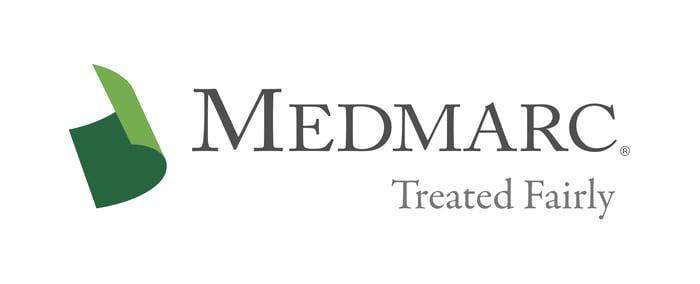HHS Proposes Decennial Review of Regulations
The U.S. Department of Health and Human Services posted a notice of proposed rulemaking requiring HHS agencies to periodically assess their regulations to determine whether a regulation is reviewable under the Regulatory Flexibility Act (RFA) of 1980. Under the proposed rule, any regulation issued by an HHS agency becomes null at 10 years unless a confirmatory review is conducted, but the rule has a short activation time, given the impending change of administration at the White House.
The Nov. 4 HHS statement asserts that federal government agencies should retrospectively re-examine the initial projections of the impact of a rule to determine whether the rule should be amended or rescinded. HHS stated that an analysis of HHS data performed by an artificial intelligence (AI) algorithm disclosed that 85 percent of the regulations issued by HHS agencies before 1990 have not been edited. HHS Secretary Alex Azar said the proposed rule would help ensure that the affected agencies are fulfilling their responsibilities “in a way that maximizes benefits, minimizes costs, and keeps up with the times.”
Several types of regulations would not be subject to the proposed rule, such as regulations issued jointly by two or more agencies. Any regulations that are exempt from rulemaking requirements under the Administrative Procedures Act would also be exempt (the RFA was an amendment to the Administrative Procedures Act).
The statement lists similar actions undertaken by every president to hold office since 1978, along with statements in support of routine regulatory review from members of the Obama and George H. W. Bush administrations. The Organization for Economic Cooperation and Development (OECD) is also among the entities that have recommended this type of review function, with OECD recommending that regulations be subject to a sunset to incentivize the review.
One of the issues that surfaced during the AI review of HHS regulations is that the U.S. Code of Federal Regulations (CFR) bears nearly 300 references to portions of the CFR that no longer exist. There are 50 references to requirements to submit paperwork in triplicate or quadruplicate, and 114 sections with no regulatory entity listed. HHS stated that a number of regulations that have been relaxed to aid in the response to the COVID-19 pandemic would also be subject to review.
HHS acknowledged the problem with the proposed rule in the event the 2020 presidential election failed to return President Donald Trump for a second term. The comment period ends Jan. 4, 2021, but HHS said that whether it finalizes the rule and the time frame for doing so “depends on the comments received during the public comment period.” Inauguration day is Jan. 20, 2021, leaving HHS with only 16 calendar days to act on the proposal once the comment period closes.
HHS Using Algorithms in Regulatory ‘Clean-up’ Initiative
The Nov. 4 HHS statement’s references to the use of AI for regulatory review were expounded on in a Nov. 17 HHS statement describing the use of a new department-wide regulatory clean-up initiative, which uses both AI and natural language processing (NLP) technologies. The intent of this program is to identify entries in the CFR that call for correction, such as the incorrect citations mentioned in the Nov. 4 HHS statement. The process used by HHS also examined the CFR for misspellings, typographical errors, and erroneous language, but the HHS statement also tabulated the CFR at approximately 185,000 pages, a testimonial to the complexity of compliance.
This regulatory clean-up program is part of a final rule that is effective Dec. 16, and which takes aim at administrative, non-substantive changes that will clean up HHS agency regulations. This final rule is based on a pilot program that employed the same algorithms to analyze a limited section of the HHS portion of the CFR. The statement describes this pilot program as having demonstrated that federal agencies can execute “a cost-effective, enterprise-wide approach to regulatory reform that could improve accountability and transparency.”
The HHS statement further emphasizes the deregulatory agenda of the Trump administration, and HHS deputy secretary Eric Hargan said HHS accounted for more than half the regulatory savings achieved by the federal government between fiscal years 2017 and 2019. Hargan said HHS is the first cabinet agency to use AI and NLP to conduct a regulatory clean-up that will eliminate “archaic, obsolete and inconsistent rules.”
For additional resources contact the Marketing department
Phone: 888-633-6272
Medmarc is a member of ProAssurance Group, a family of specialty liability insurance companies. The product material is for informational purposes only. In the event any of the information presented conflicts with the terms and conditions of any policy of insurance offered from ProAssurance, its subsidiaries, and its affiliates, the terms and conditions of the actual policy will apply.
Copyright © 2024 - Medmarc
